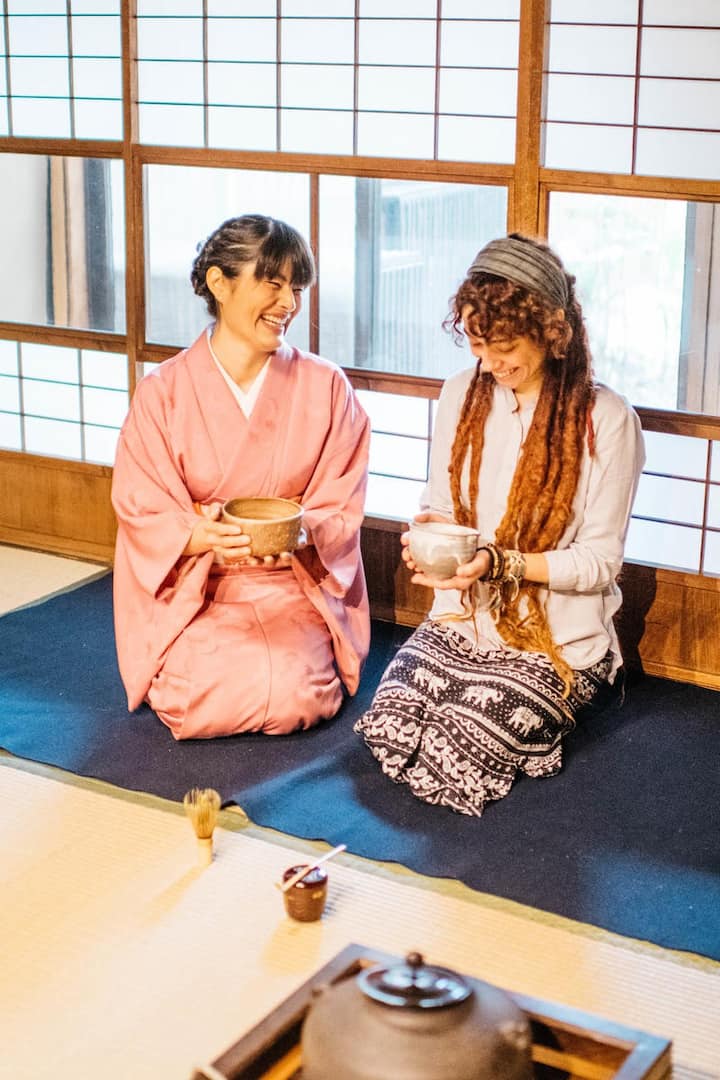유적지
엔류쿠지
현지인 130명이 추천하는 곳,
현지인이 제공하는 팁
One of the most symbolic temple in Japan. you can take a lovery cable car to mountain top.
The Hieizan Enryaku-ji Temple is a place to pray for world peace. It is also a place of learning and training of talented individuals and is revered as the “mother mountain of Japanese Buddhism” because of the great many high priests from each sect of Japanese Buddhism who gathered on the mountain. Mt. Hiei is located on the border of Kyoto and Shiga Prefecture. The east side faces Japan’s largest lake, Lake Biwa, and the west side faces Japan’s ancient capital, Kyoto. With its beautiful natural environment and 1,200 years of history and tradition, Mt. Hiei is renowned the world over and was recorded as a UNESCO World Cultural Heritage Site in Heisei 6 (1994). The easiest access to Mount Hiei is via the Sakamoto Cable or the Hieizan Driveway, where you can leisurely explore various temples, historical landmarks, and nature.
The Hieizan Enryaku-ji Temple is a place to pray for world peace. It is also a place of learning and training of talented individuals and is revered as the “mother mountain of Japanese Buddhism” because of the great many high priests from each sect of Japanese Buddhism who gathered on the mountain.…
Located atop 848m-high Hiei-zan (the mountain that dominates the skyline in the northeast of the city), the Enryaku-ji temple complex is an entire world of temples and dark forests that feels a long way from the hustle and bustle of the city below. A visit to this temple is a good way to spend half a day hiking, poking around temples and enjoying the atmosphere of a key site in Japanese history. Enryaku-ji was founded in 788 by Saichō, also known as Dengyō-daishi, the priest who established the Tenzai school. This school did not receive imperial recognition until 823, after Saichō’s death; however, from the 8th century the temple grew in power. At its height, Enryaku-ji possessed some 3000 buildings and an army of thousands of sōhei (warrior monks). In 1571 Oda Nobunaga saw the temple’s power as a threat to his aims to unify the nation and he destroyed most of the buildings, along with the monks inside. Today only three pagodas and 120 minor temples remain. The complex is divided into three sections: Tōtō , Saitō and Yokawa . The Tōtō (eastern pagoda section) contains the Kompon Chū-dō (Primary Central Hall), which is the most important building in the complex. The flames on the three dharma lamps in front of the altar have been kept lit for more than 1200 years. The Daikō-dō (Great Lecture Hall) displays life-sized wooden statues of the founders of various Buddhist schools. This part of the temple is heavily geared to group access, with large expanses of asphalt for parking. The Saitō (western pagoda section) contains the Shaka-dō, which dates from 1595 and houses a rare Buddha sculpture of the Shaka Nyorai (Historical Buddha). The Saitō, with its stone paths winding through forests of tall trees, temples shrouded in mist and the sound of distant gongs, is the most atmospheric part of the temple. Hold on to your ticket from the Tōtō section, as you may need to show it here. The Yokawa is of minimal interest and a 4km bus ride away from the Saitō area. The Chū-dō here was originally built in 848. It was destroyed by fire several times and has undergone repeated reconstruction (most recently in 1971). If you plan to visit this area as well as Tōtō and Saitō, allow a full day for in-depth exploration.
Located atop 848m-high Hiei-zan (the mountain that dominates the skyline in the northeast of the city), the Enryaku-ji temple complex is an entire world of temples and dark forests that feels a long way from the hustle and bustle of the city below. A visit to this temple is a good way to spend half…
현지인 추천 장소
위치
Sakamotohonmachi
Otsu, Shiga







